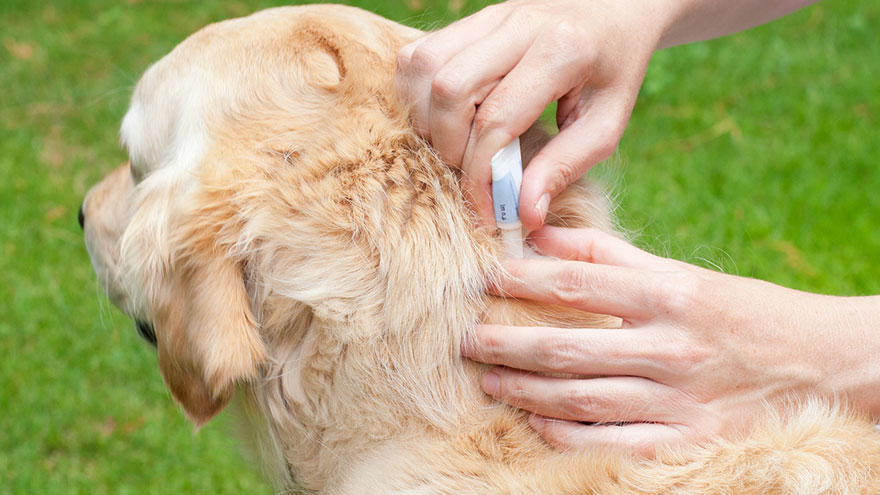What Are the Signs & Symptoms of Animal Lyme Disease?
Lyme malady in creatures like canines is similarly as predominant all things considered in people. Lyme malady is transmitted through bacterium from a contaminated deer tick chomp. There are a few signs and manifestations to be alert for so as to recognize lyme illness before any serious issues create.

Fever
Dogs naturally have temperatures higher than humans. Normal body temperature for dogs is around 100 to 103 degrees Fahrenheit. However, when a dog has been bitten by a deer tick, high fever usually begins, with elevated body temperatures. Once exposed, a dog’s temperature rises to 103 to 105 degrees Fahrenheit.
Lameness
Lameness is a technical term for limping. Limping in dogs with Lyme disease is a direct result of swollen joints. Limping can be seen in a dog’s inability to run and perform or a sudden inability to walk at all. Dog owners may also notice that their dogs may cry out when walking or when challenged to walk up or down stairs. Even if swollen joints are not clearly visible, you may notice that the dog licks or nibbles at areas of swollen joints, indicating much needed attention.
Loss of Appetite
Loss of appetite is one of the most obvious symptoms of dogs with Lyme disease. Drastic changes in appetite can be see,n from eating extremely small amounts of food to not eating for days at a time. Also, if a dog is throwing up immediately after eating, Lyme disease could be the culprit.
Lethargy
With Lyme disease infections, normally energetic dogs suddenly become withdrawn and unable to follow simple commands. Other indicators of lethargy are excessive resting and reluctance to walk.
Swollen Lymph Nodes
Like humans who contract bacterial and viral infections, dogs’ lymph nodes also become swollen after contracting Lyme disease. Lymph nodes in dogs can be found in the same general region as lymph nodes in human. They are usually located around the neck and shoulder and are smaller than an egg. Lymph nodes in dogs with Lyme disease will be tender yet hard.
You Might Also Like :: When to Know That your Cat is not Well?

